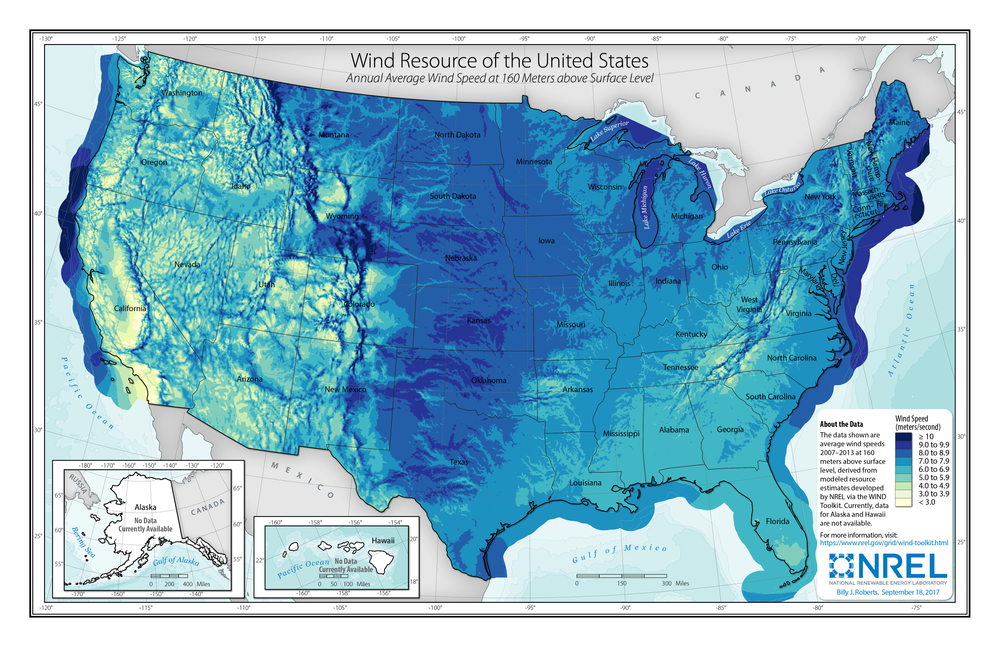Renewable Energy and Its Importance.
For the last few years, the world has been facing unprecedented impacts of global climate change. The global temperature rise is recorded more than 2-degree annually, this has a serious consequence on our natural ecosystem. Natural disasters like flooding, typhoon, melting glaciers, and mega-fires are becoming more and more frequent. Amongst many factors causing an increase in global temperature, one of the main factors is the use of fossil fuel-based energy for our energy needs. The fossil fuel-based power generation units have been generating a catastrophic quantity of carbon emission and other greenhouse gases. There is a desperate need to control carbon emissions to save our planet from the natural catastrophe caused by the rise in global temperature.
To reduce carbon emission, one of the main sources to generate energy is focused on renewable energy. Renewable energy is a source of clean, everlasting, and progressively competitive energy. They differ from fossil fuels principally in their diversity, abundance, and potential for use anywhere on the planet. Renewable energy reduces carbon emission, consequently controlling climate change.
Renewable energy potential of US Northeast
Northeastern states have immense renewables energy potential. The below figure reveals wind energy potential in US states. Northeastern states has abundant wind and solar energy potential, especially offshore wind energy potential. Each states has set ambitious target to reduce their carbon footprints and carbon emission. Following is the highlights of northeast renewable energy ambitions.

Benefits of RECs (Renewable Energy Credit/Certificate).
i. What is REC? A REC, also known as a green tag or renewable energy certificate, represents the property rights to the environmental, social, and other non-power qualities of renewable electricity generation. A REC, and its associated attributes and benefits, can be sold separately (unbundled) from the underlying physical electricity associated with a renewable-based generation source or together (bundled). When unbundled, it is also known as a tradable renewable energy certificate (TREC). A solar renewable energy credit (SREC) is a REC specifically generated by solar energy. Purchasing RECs is equivalent to purchasing renewable energy; if your company buys RECs then you can claim that the energy you use comes from renewable sources. A green energy provider (such as a wind farm) is credited with one REC for every 1,000 kWh or 1 MWh of electricity it produces. A certifying agency gives each REC a unique identification number to make sure it does not get double-counted. The green energy is then fed into the electrical grid, and the accompanying REC can then be sold on the open market.
Followings are the key benefits of RECs.
ii. Directly Investing in Renewable Power. Having solar panels on your home is an excellent idea for a green future and investment, this sort of renewable energy system isn’t a financially feasible option for some people due to expensive renewable products. RECs are an easy way for people who want to make a difference to have a positive impact on the world. The RECs help you:
iii. Achieving Clean Energy Goals. RECs are a flexible tool to help achieve clean energy goals and support the renewable energy market. They can be attractive to companies in regions where green pricing programs are not offered or are insufficient or where policy support for on-site projects is lacking. By purchasing RECs, businesses do not need to alter existing power contracts to obtain green power. Additionally, RECs are not limited by geographic boundaries or transmission constraints. For corporations with facilities in multiple states or energy grids, a consolidated REC procurement can be part of a strategy to meet overall clean energy goals.
iv. Enables utility companies to meet renewable targets. In northeastern states with a Renewable Portfolio Standard, a RECs purchase enables the utility company to meet its minimum renewable electricity percentage without having to install that renewable generating capacity itself, regardless of the source of generating renewable energy. By analogy, in the EPA cap and trade program, a "clean" utility in one state can sell its NOx credits to a "dirty" utility in another state that would otherwise have to install additional smokestack scrubbers.
v. Beneficial for Business. Businesses are increasingly trying to become more socially responsible by taking action against climate change. RECs in northeast states provide a simple and effective way to support renewable energy generation without having to invest in large energy generation projects, like wind farms or solar panels. Major companies have all pledged to obtain 100 percent of their electricity from renewable resources. These companies are sensing a shift in public concern over pollution and carbon emissions. Using renewable energy contributes to a positive brand image and builds relationships with the community, employees, and other stakeholders.
Article Reference
Draxl, C., B.M. Hodge, A. Clifton, and J. McCaa. 2015. Overview and Meteorological Validation of the Wind Integration National Dataset ToolkitPDF (Technical Report, NREL/TP-5000-61740). Golden, CO: National Renewable Energy Laboratory.
Draxl, C., B.M. Hodge, A. Clifton, and J. McCaa. 2015. "The Wind Integration National Dataset (WIND) Toolkit." Applied Energy 151: 355366.
Lieberman-Cribbin, W., C. Draxl, and A. Clifton. 2014. Guide to Using the WIND Toolkit Validation CodePDF (Technical Report, NREL/TP-5000-62595). Golden, CO: National Renewable Energy Laboratory.
King, J., A. Clifton, and B.M. Hodge. 2014. Validation of Power Output for the WIND Toolkit PDF(Technical Report, NREL/TP-5D00-61714). Golden, CO: National Renewable Energy Laboratory.